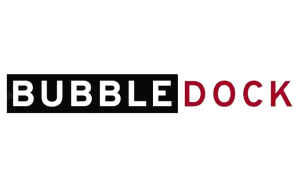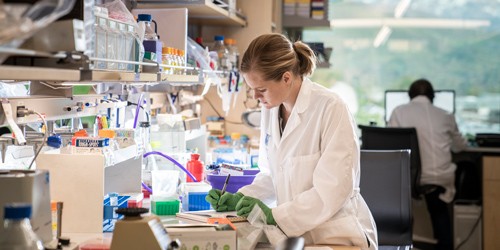Bioanalytical method validation is essential both for the qualitative and quantitative determination of the pharmaceutical drugs and their subsequent metabolites in different biological fluids. It plays a critical role in the evaluation of various aspects of pharmaceutical analysis – bioequivalence, bioavailability, toxicokinetic analysis, and pharmacokinetic analysis.
Table of Contents
Calibration Curve –
The calibration curve in bioanalysis is a linear relationship that occurs between the concentration of your sample and the response generated. This relationship plays a crucial role in the determination of the unknown analyte concentration within a complicated matrix. The unknown samples involved here come from a wide array of sources such as forensics, food and agriculture, clinical pharmacology studies, and pharmaceutical formulations.
Calibration curve are essential in spiking your target analyte within a matrix that has been previously judged to represent a test sample matrix. The read-out values obtained from your instrument both for the quality controls and the unknown samples are further used for interpolating their respective concentrations from the calibration curves thus obtained.
The accuracy of your sample quantitation is dependent both on the robustness and reproducibility of your assay calibration curve. This assay calibration curve, in turn, is dependent on how the performance of your assay components and your key reference material involved.
QC Standards –
Calibration standards are those biological matrices wherein you add or spike a known quantity of analyte. These standards play a crucial role in the development of calibration curves, which are after that used for determining the analyte concentration both in QC samples and your unknowns. Similarly, your quality control sample is also a spiked sample used for monitoring how your bioanalytical method is performing. This assists in the easy assessment of integrity and validation of your unknown sample results per individual batch. Quality control standards or calibration standards play a crucial role in determining the performance of your employed bioanalytical methods.
For preparing the master stock solutions, you need to have an adequately characterized standard reference material. This is subsequently used for making further dilutions to spike both your calibration standards or quality control standards. Documenting your calibration process is of utmost importance to supplement all the requirements of your bioanalytical services for method validation. Whatever procedure is defined in your analytical method should be stringently followed for preparing both your quality control standards or calibration standards. Finally, the QA auditor holds an essential place in verifying the process of making both your calibration standards or QC standards. This is must both for complying and ensuring any specific precautions mentioned under your Certificate of Analysis.
According to the regulatory guidelines, all the QC standards and controls should be obtained from traceable and authentic sources such as compendial standards, commercially available standards, and fully characterized standards. The suitability of your chose QC standards should be justified through scientific experiments and conclusions.
Thus, the calibration curve, QC standards, and controls accomplish a crucial role in the bioanalytical method validation process. This process demonstrates a particular method for quantifying analytes within a given biological matrix. Bioanalytical method validation processes are selective, reliable, sensitive, and reproducible for all their intended use. Thus, a good understanding of both the background and principles of bioanalytical method validation will assist all the quality assurance personnel in accomplishing their duties both in a focused and effective manner.






















